Veterinarians are taught that when we hear hoofbeats, think of horses, not zebras. This is sage advice to help maintain a diagnostic process based on probabilities. If I come across a nursery pig that has died suddenly with organs that have tiny hemorrhages and slightly enlarged lymph nodes, I will request tests to confirm a […] Read more
Tag Archives Animal Health column
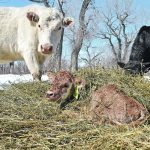
New study reinforces importance of colostrum to calves
Newborn calves are born with virtually no immunity of their own. They have a functional immune system at birth, but because the cow’s placenta does not allow antibodies to pass from the mother to the calf during pregnancy, the calf must receive most of its initial immunity from the antibody rich colostrum, or first milk […] Read more
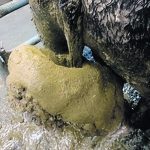
Frozen tails major health issue when weather turns cold
This last cold snap has tested everything, including the power grid and the ability of watering bowls and anything with water in it to not freeze up. It has also tested the resiliency of our cattle, especially newborn calves. They’re usually fine, as long as they have adequate bedding and potentially an area to be […] Read more
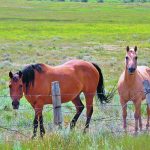
Microchips are an effective animal identification tool
Microchips are the gold standard for lifelong, permanent animal identification. These tiny electronic transponders are the approximate size of a grain of rice and are enclosed in a thin cylinder of glass. They sit just under the skin and are inert, meaning the body is not stimulated to reject them or wall them off. Veterinary […] Read more
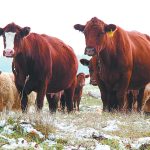
Calving distribution could help address open rate riddle
There have been lots of anecdotal reports this year about exceptionally high open rates in beef cow herds at pregnancy checking time. I’ve spoken to many producers and veterinarians across Western Canada who describe open rates of 20 percent or higher. This is distressing for anyone who experiences it, and nothing can be done now […] Read more
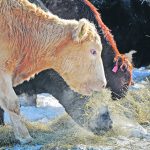
Thoughts on global warming, methane emissions, cattle
It is interesting that a specific topic — like global warming — can become all encompassing. Before we know it, deadlines are established and parameters are set, even with a one-sided view of the whole situation. Ruminants have been targeted in the global warming realm because of their methane production, which is a byproduct of […] Read more
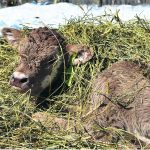
Sort out nature of eye lesions and diagnosis becomes easy
Occasionally, our herd investigation team gets called out to look at a problem with calves being born with eye problems or appearing to have them shortly after birth. These eye issues can manifest themselves as cataracts, micro-opthalmia (small eyes that haven’t developed fully) or a variety of other eye lesions such as retinal abnormalities or […] Read more
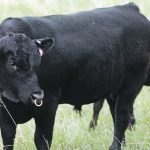
Evaluate semen as close as possible to breeding season
Many bulls are bought early in the year when most bull sales are held from February to April. For earlier sales, those occurring in December or January, purebred producers usually have semen evaluations carried out before bulls are delivered or picked up at the farm. When is the gap too big between when a semen […] Read more
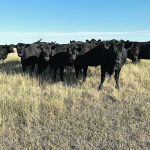
Vitamin A deficiency associated with drought conditions
I recently took part in a regular webinar series produced by the Beef Cattle Research Council. I try to listen to these webinars regularly because they provide a great learning resource and I encourage producers and veterinarians to sign up for the series. In this webinar, we discussed the long-term implications of drought, which was […] Read more

Foot-and-mouth disease prevention is a group effort
Much work has been done on how to prevent and manage animal disease outbreaks. The Animal Health Emergency Management Project has developed strategies, and Alberta Beef Producers released a handbook in 2018. A foreign animal disease outbreak such as foot-and-mouth disease (FMD) or African swine fever could be particularly devastating. This article will focus on […] Read more




